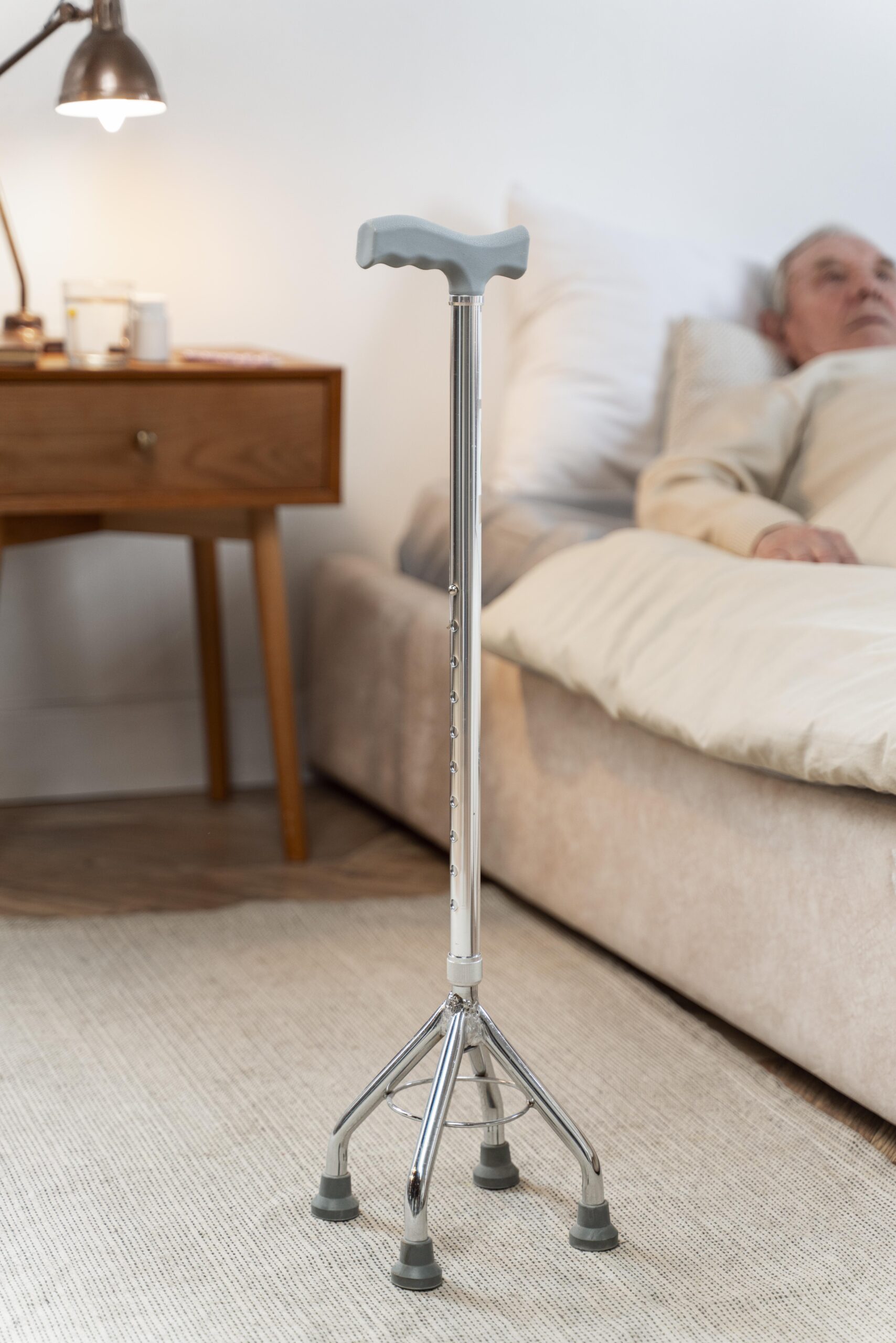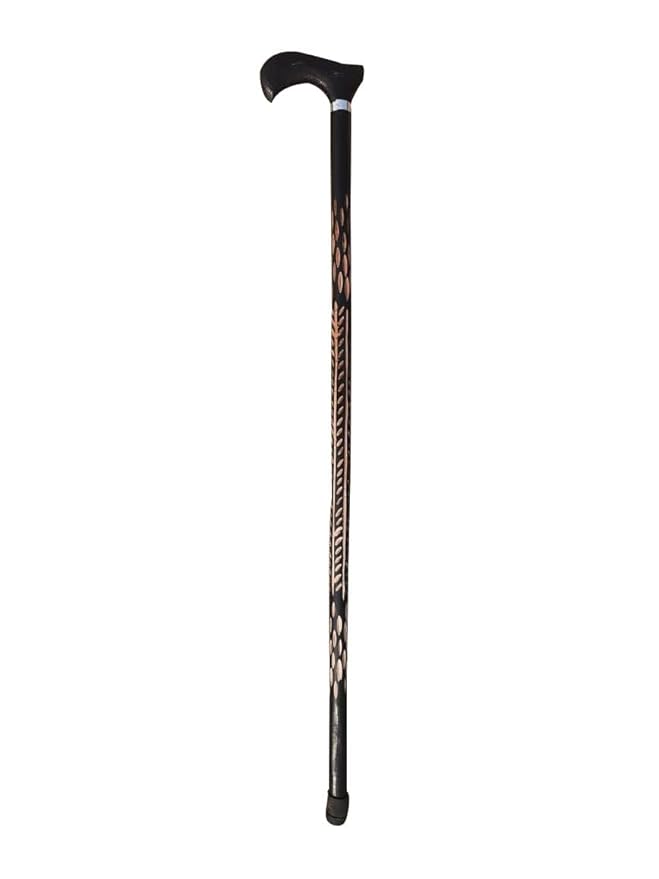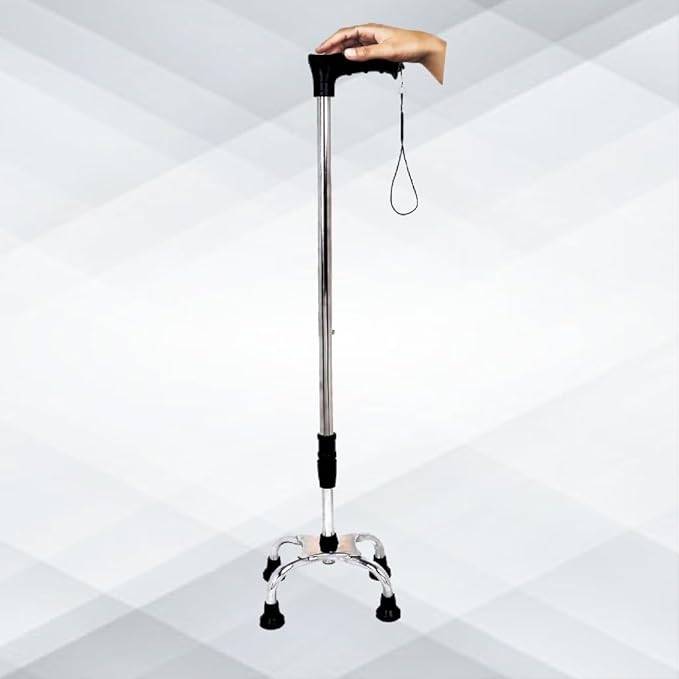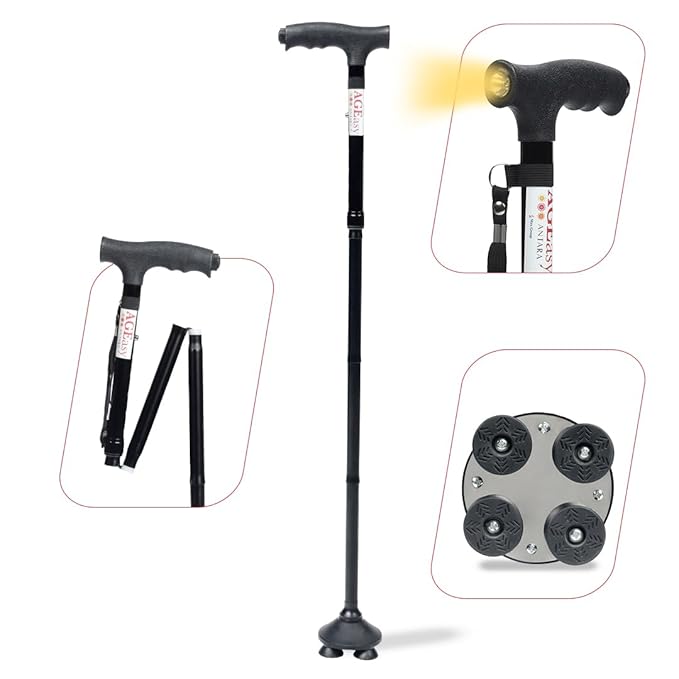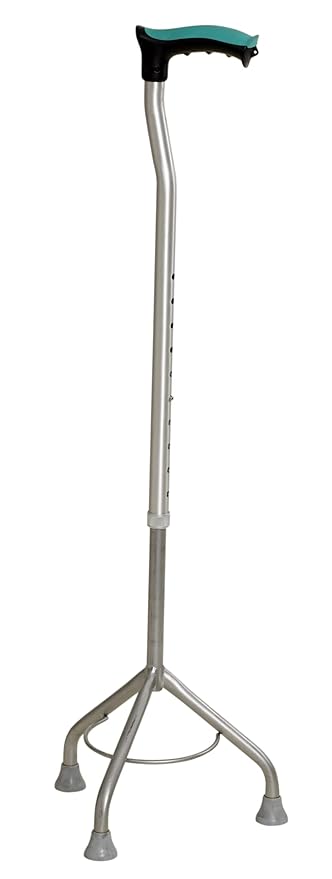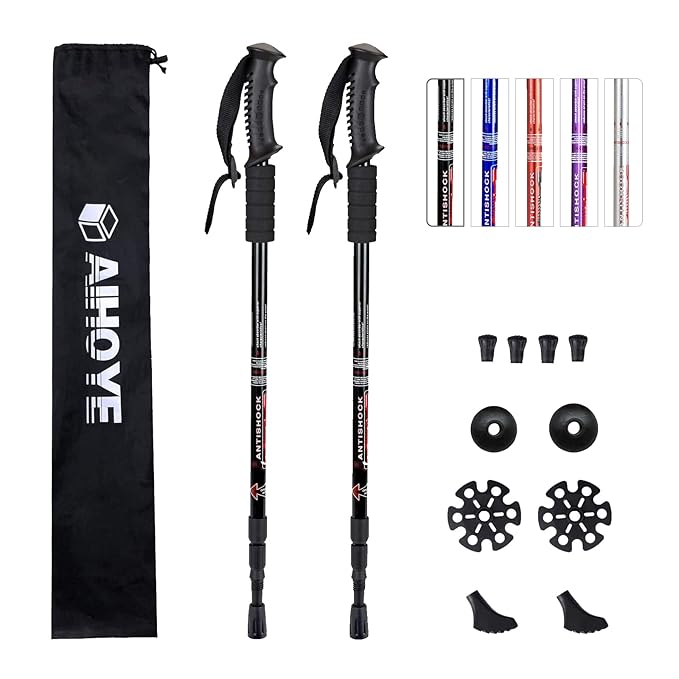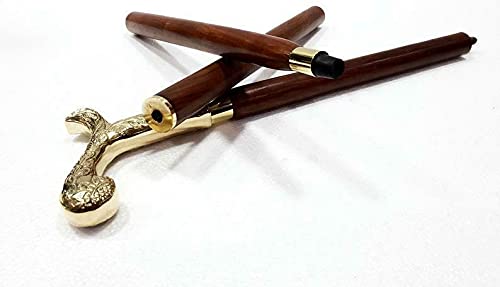A walking stick can provide vital support, enhance stability, and improve mobility. Whether for hiking, medical aid, or style, choosing the right one is essential. This comprehensive guide covers everything you need to know about selecting the perfect one for your needs.
Table of Contents
What Is a Walking Stick?
It is a simple yet versatile tool that aids walking and balance. Traditionally, they were used for support and as a status symbol. Today, they serve practical and aesthetic purposes.
Walking Sticks are common among the elderly, hikers, and those recovering from injuries. These aids help users navigate uneven surfaces, reduce joint stress, and maintain better posture.
Why Should You Use a Walking Stick?
It is more than a mobility aid. It provides numerous physical and mental benefits, making it an invaluable companion.
1. Enhances Balance and Stability
It supports your body by stabilizing your gait. It helps prevent falls and boosts confidence, especially on uneven terrain.
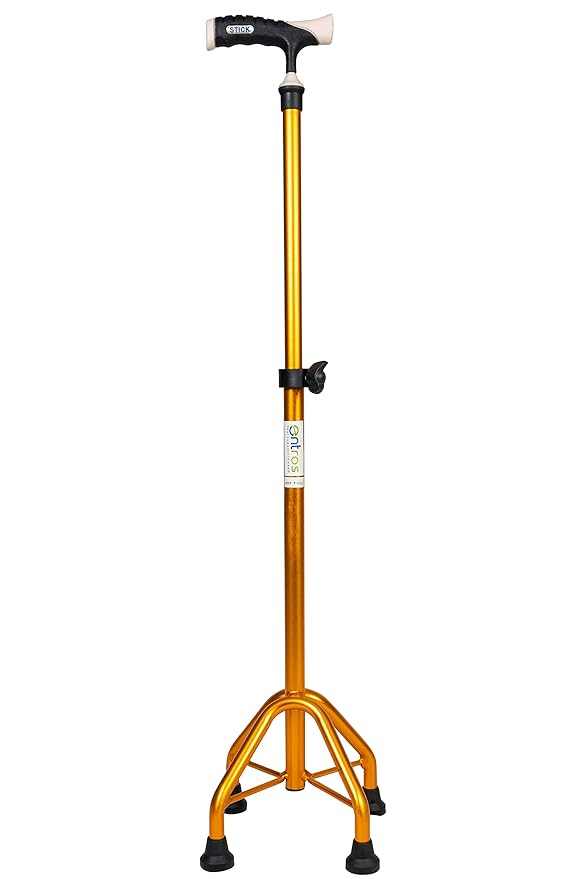
2. Reduces Joint and Muscle Strain
By distributing weight evenly, they reduce the stress on your knees, hips, and ankles. This feature makes them ideal for individuals with arthritis or joint issues.
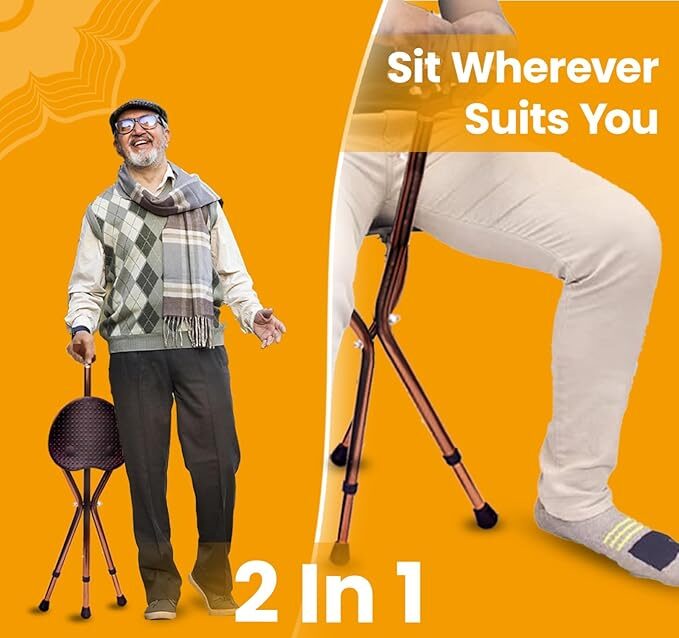
3. Offers Rehabilitation Support
They assist individuals recovering from surgeries, injuries, or strokes. They provide controlled movement and promote gradual recovery.
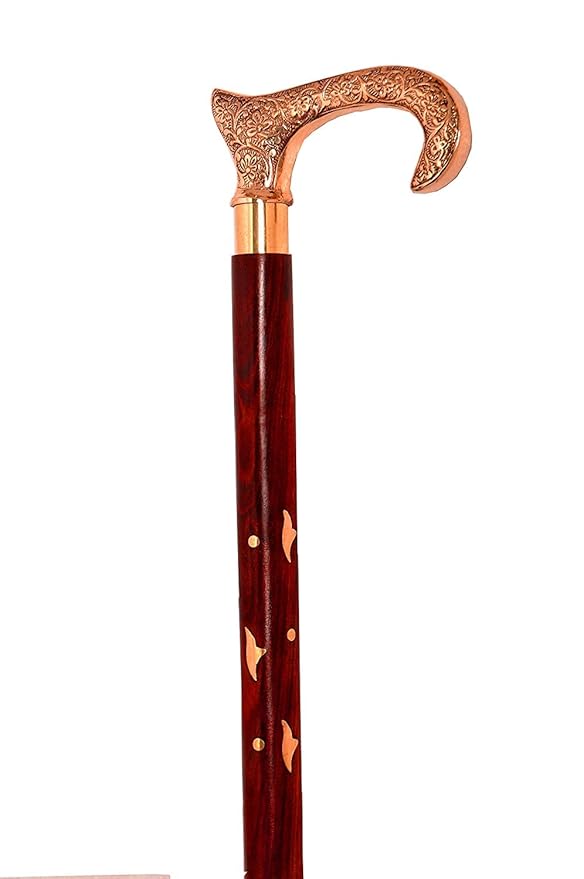
Types of Walking Sticks
Selecting the right one starts with understanding the various types available. Each type caters to different needs.
1. Standard Walking Stick
This traditional one is simple and functional. It is suitable for daily use, especially for those who need light support.
2. Adjustable Walking Stick
3. Folding Walking Stick
A folding one is compact and portable. It is a great option for travelers or individuals who only need occasional support.
4. Tripod and Quad Canes
Tripod and quad canes offer a broader base for increased stability. These are ideal for individuals with severe balance issues.
5. Hiking Walking Stick
Hiking sticks are durable and designed for trekking. They provide extra grip and balance on challenging terrains.
Materials Used in Walking Sticks
The material of it significantly impacts its weight, durability, and appearance. Here are the most common options:
1. Wood
Wooden ones are classic and elegant. They are slightly heavier than modern alternatives but offer great durability.
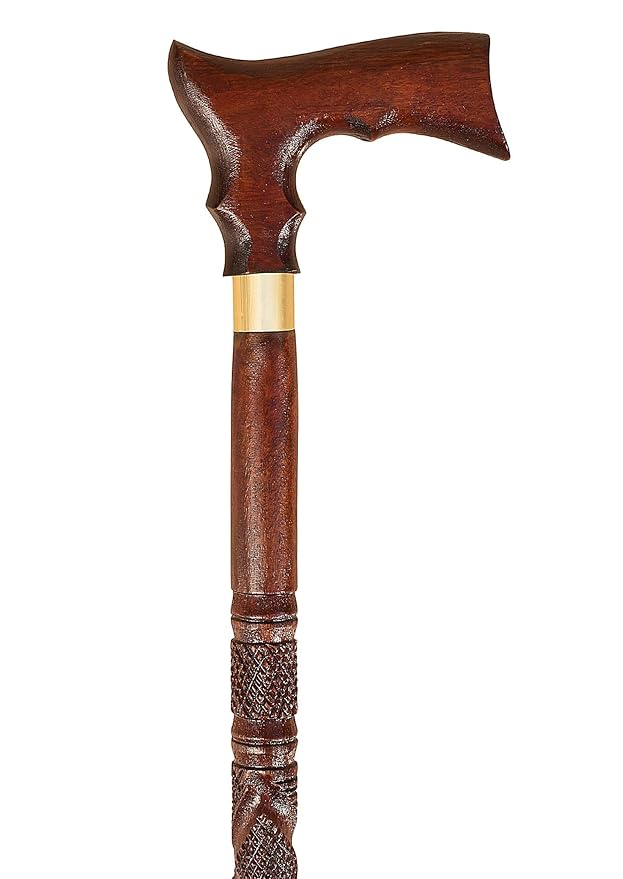
2. Aluminium
Lightweight and rust-resistant, aluminium sticks are affordable and popular. They are easy to carry and maintain.
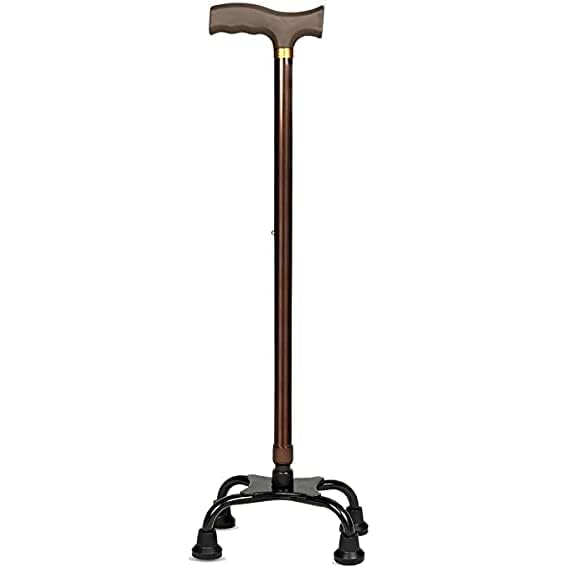
3. Carbon Fiber
Carbon fiber sticks are ultra-light and strong, but they tend to be more expensive. They are ideal for hikers and travelers.
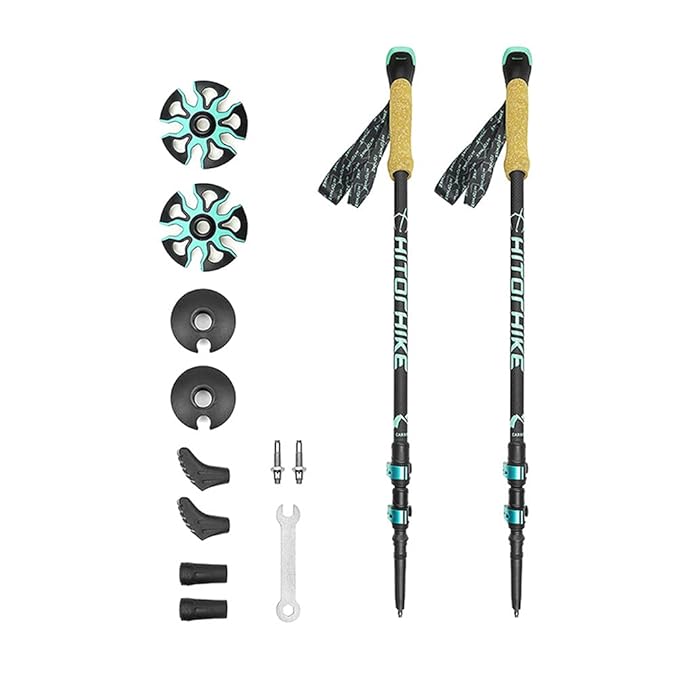
4. Steel
Steel ones are heavy but provide unmatched strength. They are suitable for individuals who require maximum support.
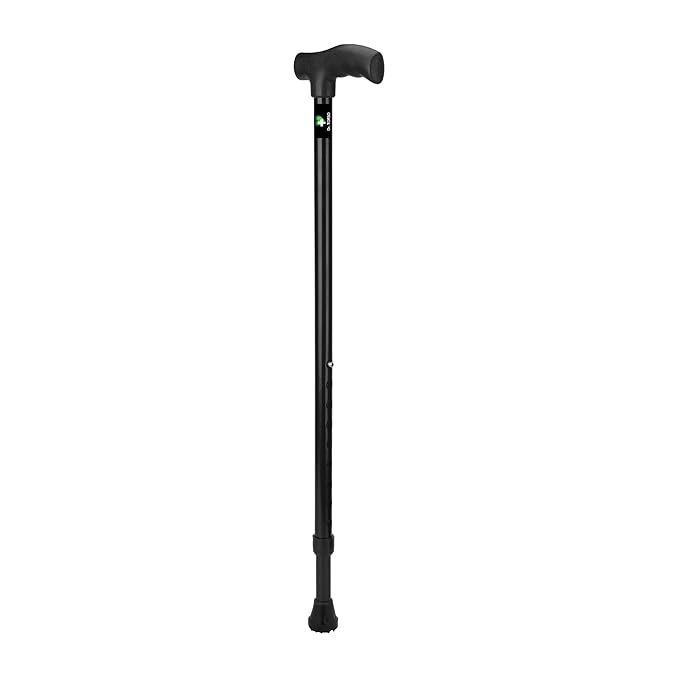
Also Read: Wheelchairs
How to Choose the Right Walking Stick
Choosing the best one requires careful consideration of various factors. Here’s a detailed breakdown:
1. Height Adjustment
Its height should align with your wrist when standing upright. Adjustable models offer the flexibility to find the perfect height.
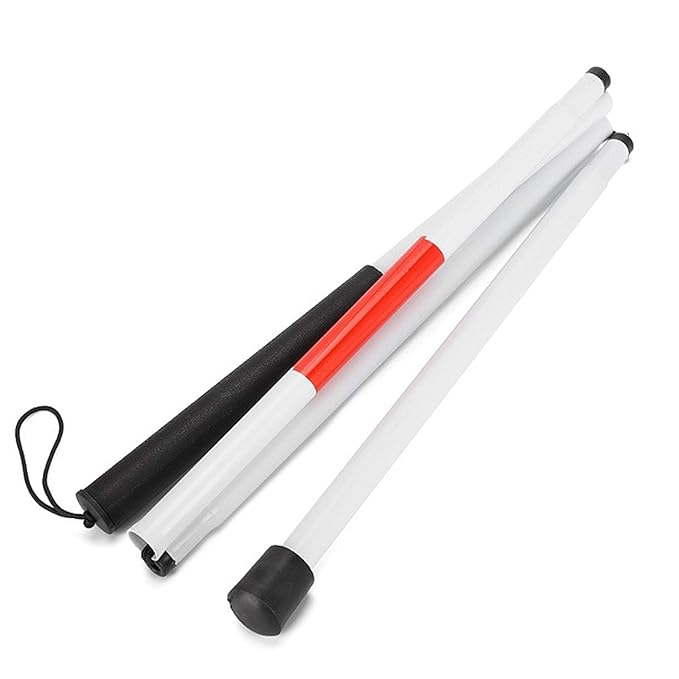
2. Handle Design
Handles come in T-shaped, ergonomic, and offset designs. Choose a design that feels comfortable and reduces hand strain.
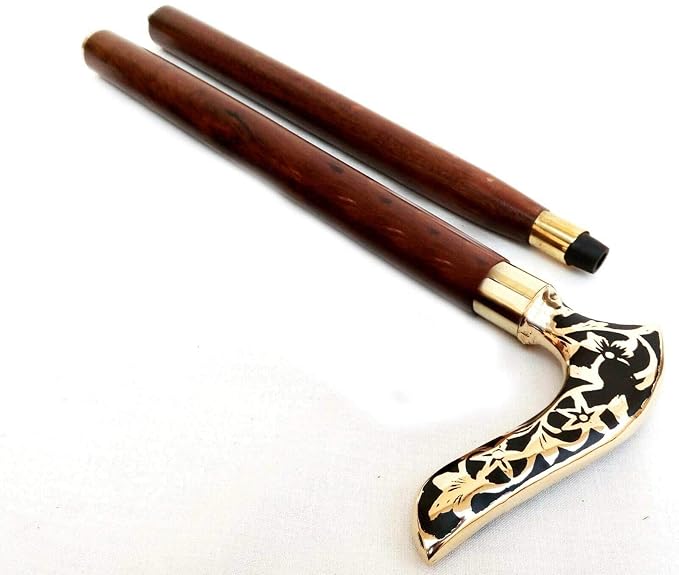
3. Weight Capacity
Ensure the stick supports your body weight. Always check the manufacturer’s specifications before buying.
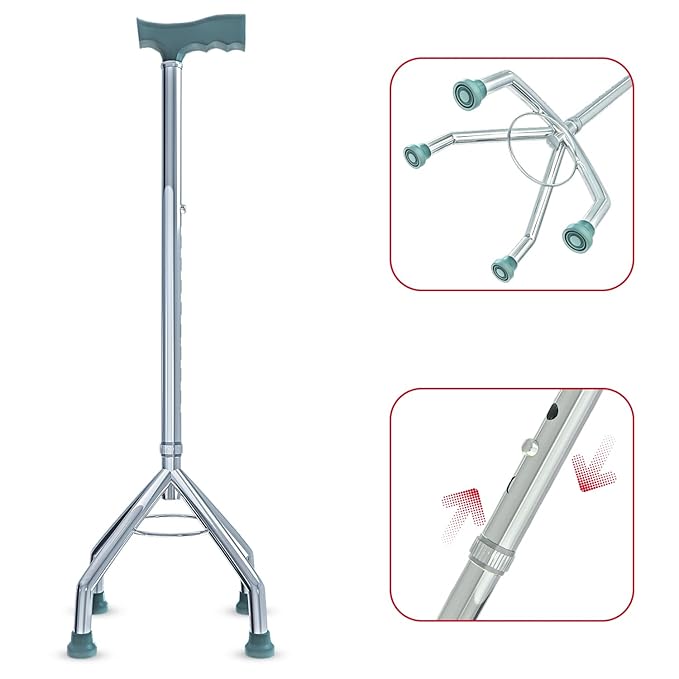
4. Tip and Grip
Rubber tips provide a better grip on slippery surfaces. Some models feature interchangeable tips for different terrains.
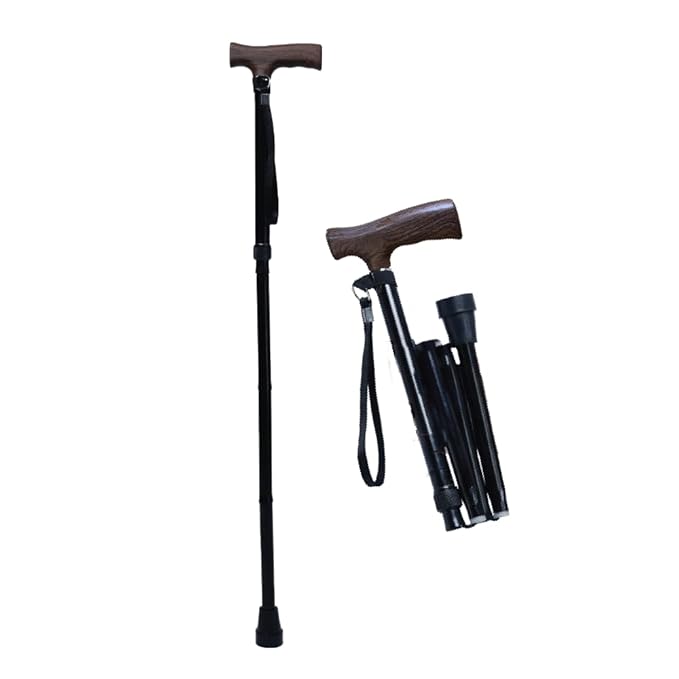
How to Use a Walking Stick Properly
Correct usage of it enhances its benefits. Follow these steps for optimal support:
Grip it with the hand on the side opposite to your less stable leg.
Move the stick forward while stepping with the weaker leg.
Keep the stick steady on the ground to maintain balance.
Adjust your posture to stay upright and aligned.
Maintaining Your Walking Stick
A well-maintained one lasts longer and performs better. Follow these simple tips:
Clean Regularly: Wipe down the stick with a damp cloth after use.
Inspect for Damage: Check for cracks or loose parts frequently.
Replace Worn Tips: Change the rubber tips when they show signs of wear.
Walking Sticks for Fashion and Style
FAQs About Walking Sticks
1. How do I select the right height for my walking stick?
Stand upright and let your arms hang naturally. The stick’s handle should align with your wrist.
3. Can I use a walking stick for rehabilitation?
Absolutely. They are excellent for post-surgery recovery and injury rehabilitation.
4. What is the best material for a walking stick?
It depends on your needs. Wood is elegant, aluminium is lightweight, and carbon fiber is durable.
5. How do I maintain a walking stick?
Clean it regularly, inspect for damage, and replace worn tips as needed.
6. What advantages come with using a walking stick?
They improve balance, reduce joint strain, and aid recovery.
7. Can a walking stick be stylish?
Yes, modern ones are available in various designs and can be customized for style.
Also Read: Walker for Old People
Conclusion
It is more than a mobility tool. It is a companion for balance, confidence, and even style. Selecting the right one involves understanding your specific needs, preferences, and lifestyle. With proper care and usage, it can transform your daily life, ensuring safety and comfort in every step.

